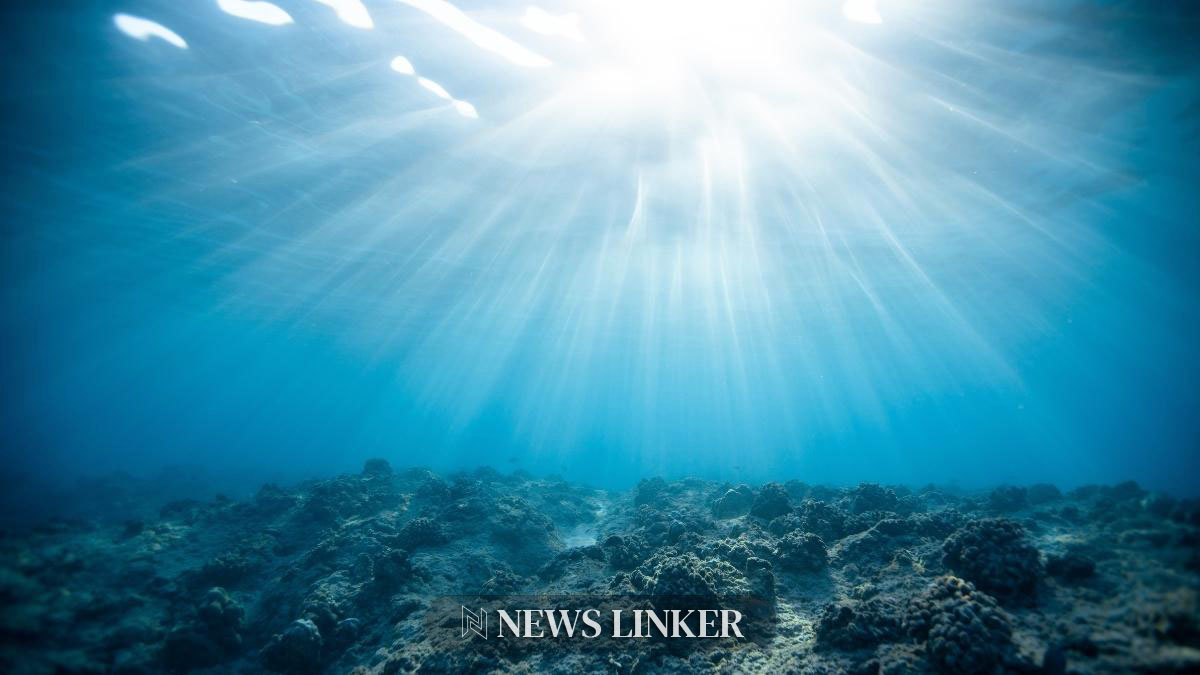Iceland is currently on the brink of a possible volcanic eruption, as the Reykjanes peninsula has experienced thousands of small earthquakes since October. These tremors are linked to a significant movement of magma deep within the Earth, raising concerns among scientists and local communities.

Seismic Unrest and Magma Intrusion in Reykjanes Peninsula
The seismic activity in southern Iceland is attributed to a large amount of magma ascending and forming a 15-kilometre-long fissure, located between 2 and 5 kilometres underground. As of mid-November, no eruption has occurred, but the situation remains unpredictable. This geological phenomenon is part of a cycle known as the Reykjanes Fires, which typically sees volcanic eruptions in the region every thousand years or so. The last occurrence was around 800 years ago, and experts like Evgenia Ilyinskaya at the University of Leeds suggest that the area has entered another active cycle that could last for several decades. Fortunately, historical patterns indicate that eruptions in this cycle are generally small.
Uncertainty and Community Impact
The exact timing of a potential eruption remains uncertain. The magma could either cool down in its current location without erupting or lead to an eruption. Misinformation has been a concern, as social media has circulated videos of past eruptions, leading to confusion. These include clips from the Fagradalsfjall volcano’s eruptions in 2021, 2022, and July 2023, although it is separate from the current magma intrusion.
The magma intrusion’s effects are visible in the landscape, causing the land on either side to expand and rise, resulting in sinking ground and cracks. This has particularly impacted the coastal town of Grindavík, which lies directly above the magma tunnel. The town has experienced significant ground cracking, leading to evacuations and damage.
Key Areas at Risk and Precautions
The magma intrusion’s path runs from the coast, under Grindavík, and towards the Svartsengi geothermal power plant. This plant is a crucial source for the nearby Blue Lagoon spa, one of Iceland’s prime tourist destinations. The potential risk to these areas, particularly the power plant and spa, is a matter of concern.
As a precaution, the 3,000 residents of Grindavík have been evacuated, with brief allowances for them to return for essential belongings, pets, and livestock. The Blue Lagoon spa has also been closed as a safety measure.
Iceland’s current situation highlights the challenges of living in a geologically active region. While the exact outcomes of the magma movement remain uncertain, the country’s authorities and scientists are closely monitoring the situation, prepared to respond as needed. This event underscores the importance of geological research and disaster preparedness in mitigating risks associated with volcanic activities. The community’s resilience and the scientific community’s vigilance are key in navigating this period of geological uncertainty.










